2025-06-15 11:55:00
Goownown Growers
The Seaweed Institute
CAST, Helston, Cornwall, United Kingdom
United Kingdom
NOAA-19

2025-06-11 22:36:57
Tom Lye
Bidston Observatory, Wirral, UK
UK
NOAA-19

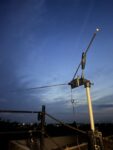
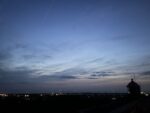
A warm and sticky day on Bidston Hill, with high clouds and wind moving in at dusk. I finally got the bits for a V-Dipole antenna and it felt nice to observe a passing satellite with an antenna in my hands.
I also felt a little sad knowing that NOAA18 had stopped signalling last week, so was galvanised to connect with 19 at last! More to come...
2024-08-26 12:02:33
Sasha Engelmann
Hackney Downs, London, United Kingdom
United Kingdom
NOAA-18
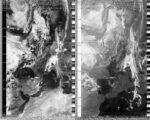
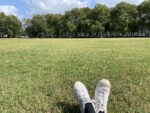

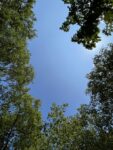
On my way back from the park with my tape measure Yagi, I saw the well-known local character who wears a tracksuit and stands on benches practicing martial arts, every day rain or shine. I smiled and waved hello, and he immediately exclaimed 'there's the aerial!' and for a moment, I think, mis-gendered me, as he called out something like 'oh- a girl!'. He jumped down from his bench and started asking questions- had he seen me before in the park? was I from America? how do I like Hackney? I learned his name is 'Joe' but everyone calls him 'Shaolin Joe' because he practices the Shaolin Arts (martial arts) in public around Hackney and Clapton. I tried to explain why I use my Yagi antenna to capture images from satellites, and he compared my daily satellite passes to the Shaolin Arts... 'meditating with your satellites'. We shook hands and he called out after me 'Have a great day!!' and something like 'good American!'